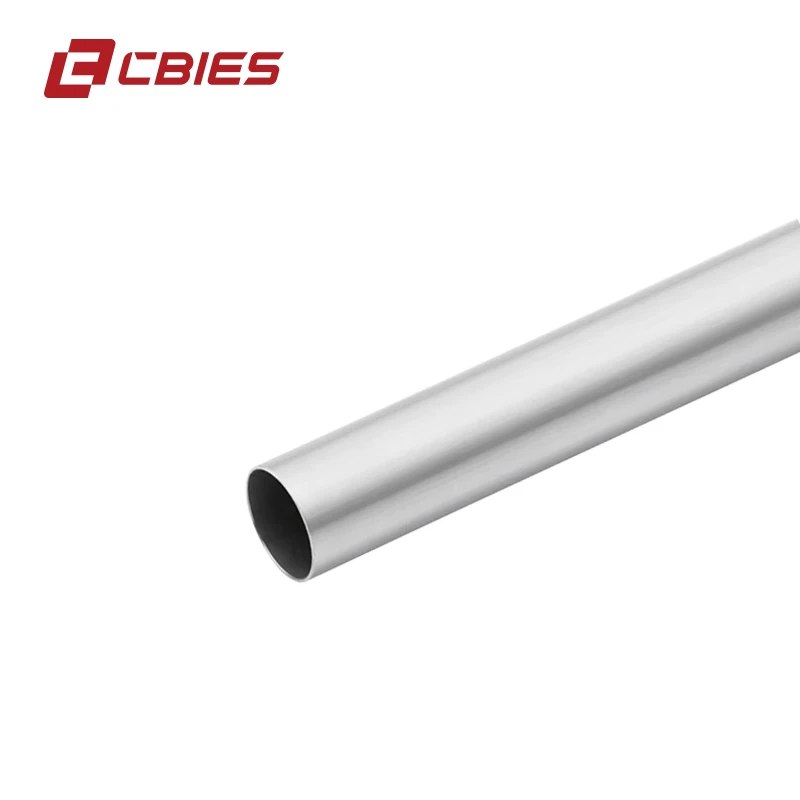
Understanding HSS (Hollow Structural Sections) Structural Tubing
Hollow Structural Sections (HSS) are modern structural elements used in construction and engineering, characterized by their hollow cross-section. They serve as a crucial component in various applications, including buildings, bridges, and other infrastructure. Among the different forms of HSS, the most common types are square and rectangular sections, although circular HSS is also widely used.
Composition and Properties
HSS is typically made from steel, which provides excellent durability and strength, making it ideal for structural applications. The material can be hot-rolled, cold-formed, or welded, depending on the manufacturing process and intended use. One of the notable properties of HSS is its high strength-to-weight ratio. This means that structures can be built lighter without compromising structural integrity. This characteristic is particularly valuable in minimizing material costs and reducing the overall weight of constructions, leading to lower transportation and foundation costs.
The uniformity of the wall thickness in HSS also provides several advantages over traditional structural shapes like I-beams or channel sections. The resistance to torsional and lateral-torsional buckling is significantly improved, which is crucial in multi-story buildings and large-span structures. Additionally, the smooth surfaces of HSS allow for better welding and connection options, creating more streamlined construction processes.
Versatility in Applications
HSS can be used in a wide range of applications due to its versatility. It is commonly utilized in the frames of buildings, supports for bridges, and in various other structural applications. The aesthetic appeal of HSS makes it a favorable choice in architectural designs, where the clean lines contribute to modern design aesthetics. Architects and engineers often prefer HSS because of its combination of strength and visual appeal.
Furthermore, HSS can be easily integrated with other materials, such as glass and concrete, allowing for innovative design solutions. In high-rise buildings, HSS is often employed for the cores and columns, providing robust support while allowing for large, open spaces within the structure.

Sustainability and Environmental Considerations
In recent years, the focus on sustainability in construction has increased. HSS contributes to sustainable building practices by allowing structures to use less material while maintaining strength and safety. Furthermore, steel is a recyclable material, making HSS a more environmentally friendly option compared to some traditional building materials.
By using HSS, engineers can design structures that not only meet safety standards but also accommodate energy-efficient designs, such as passive solar heating and natural ventilation options. The ability to create lightweight structures can lead to reduced energy consumption during construction and throughout the building's lifecycle.
Future of HSS in Construction
As technology continues to advance, the future of HSS in construction looks promising. Innovations in manufacturing processes and material science are expected to yield even greater strengths and efficiencies from HSS. This could lead to new applications in advanced construction techniques, such as modular building systems and prefabrication.
The increasing demand for sustainable and efficient building materials will likely drive the prevalence of HSS in future construction projects. Architects and engineers will continue to explore the potential of HSS to meet modern demands for strength, durability, and aesthetic appeal, ensuring that Hollow Structural Sections remain at the forefront of structural design in years to come.
In conclusion, HSS structural tubing represents a significant evolution in building materials. Its benefits range from improved structural performance and aesthetic flexibility to sustainability considerations. As the construction industry evolves, HSS will undoubtedly play a central role in shaping the skylines of the future.